Meta is reportedly planning a massive $10 billion investment to construct a private fiber-optic subsea cable network spanning the globe. According to TechCrunch, the ambitious project aims to create a 40,000+ kilometer (approximately 24,850 miles) cable system that strategically avoids regions of geopolitical instability where undersea cables have historically been damaged. These areas include the Red Sea, South China Sea, Egypt, Marseilles, the Straits of Malacca, and Singapore.
A Strategic Move for Ownership and Control
Unlike the 16 subsea cable networks Meta already co-owns, this new project would be entirely owned and operated by the company. Full ownership would give Meta exclusive control over the infrastructure, enabling it to prioritize traffic for its own platforms and services. This aligns Meta with similar moves by Google, which privately owns several undersea cable routes and has stakes in 33 additional networks.
The ability to independently manage a dedicated cable network could enhance Meta’s global connectivity and performance, especially for its expanding ecosystem of apps, including Facebook, Instagram, WhatsApp, and emerging AI-driven tools. Exclusive ownership would also reduce reliance on shared infrastructure and eliminate potential bottlenecks caused by competing traffic.
Origins of the “W” Cable Project
The project, tentatively named “W” due to its proposed shape, was first reported by subsea cable expert Sunil Tagare in October. Tagare referred to it as the “mother of all submarine cables,” highlighting its unprecedented scale. He estimated the initiative would require a $10 billion investment and a timeline of 5-10 years for completion.
TechCrunch notes that Meta’s plans remain in their preliminary stages, with further details expected in early 2025. The upcoming announcements may include specifics on the cable’s capacity, the exact route, and the rationale behind Meta’s decision to undertake this private construction.
A Global Route with Strategic Avoidance
The proposed route for the W cable is rumored to connect the U.S. east coast to the west coast, traversing key global points such as India, South Africa, and Australia. This design deliberately bypasses regions that have experienced a spate of undersea cable disruptions in recent years. For example, cables in the Red Sea and South China Sea have been targets of sabotage, leading to interruptions that require specialized ships for repairs. By avoiding these high-risk areas, Meta aims to build a more resilient network that minimizes potential vulnerabilities.
Addressing Cable Security and Reliability
The decision to avoid historically problematic regions underscores the increasing importance of securing undersea cables. These infrastructures are critical to global internet connectivity, carrying the vast majority of international data traffic. However, their underwater routes make them susceptible to damage from geopolitical conflicts, natural disasters, and even cyberattacks.
Meta’s private cable network would not only enhance the reliability of its services but also reduce dependence on repair processes that are often costly and time-consuming. Currently, cable maintenance relies on a secretive network of specialized repair ships, which can take days or weeks to restore connectivity after damage.
Following in Google’s Footsteps
Meta’s move mirrors Google’s strategic investments in subsea cable infrastructure. Google has already established itself as a leader in private cable ownership, operating routes like the Dunant and Equiano cables, which connect Europe, Africa, and the Americas. By building its own network, Meta aims to achieve similar control over its data transmission and service quality, ensuring optimal performance for its users worldwide.
This development also reflects a broader trend among tech giants to invest in proprietary infrastructure. With increasing demand for high-speed internet and data-heavy applications, owning dedicated networks has become a competitive advantage in delivering seamless user experiences.
Implications for the Future
Meta’s investment in the W cable project highlights the evolving landscape of global connectivity and the growing role of private companies in shaping it. As more tech firms move toward private ownership of critical infrastructure, traditional telecom operators may face challenges in maintaining their market share.
The construction of Meta’s cable could also have significant geopolitical implications. By bypassing regions of tension, the project avoids potential disruptions while also signaling a shift in how companies navigate international politics in their infrastructure decisions.
Looking Ahead
Although the W cable project is still in its infancy, its potential impact on Meta’s operations and the broader tech industry is substantial. If successful, the cable will not only strengthen Meta’s global connectivity but also set a new benchmark for private ownership of subsea infrastructure.
Further updates are expected in early 2025, when Meta plans to reveal more about the cable’s technical specifications, route, and strategic objectives. For now, the project signals Meta’s commitment to staying ahead in the increasingly competitive race for reliable, high-speed global internet connectivity.
